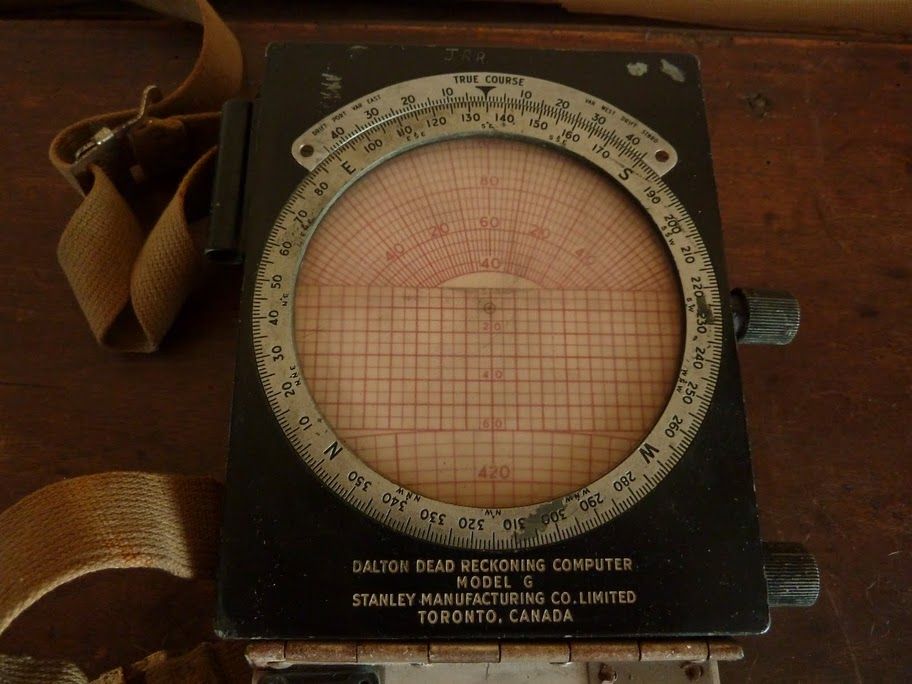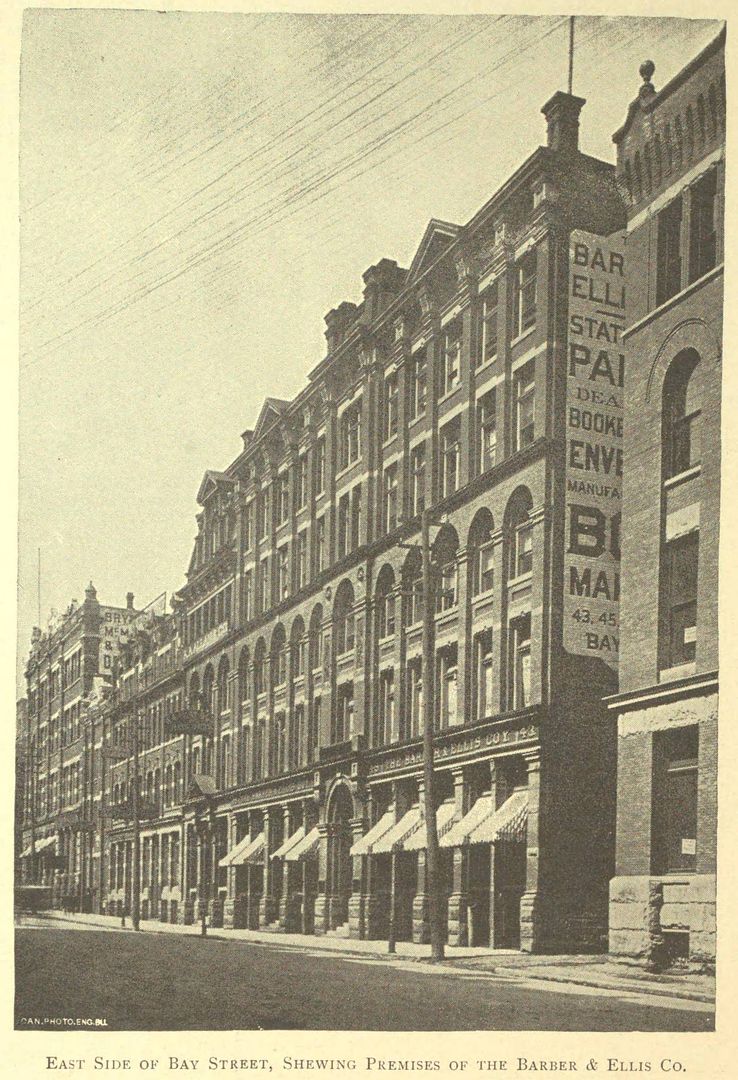brewster
Active Member
Some do some don't I guess Mustapha. Worked with my wife but not my daughter.Doesn't work for me brewster,.. sorry.
Some do some don't I guess Mustapha. Worked with my wife but not my daughter.Doesn't work for me brewster,.. sorry.

By the way Mustapha , is there a link for all the wwwebster photo's you post? I'm wondering if there is any Scarborough in that group.
Actually, it's the solar radiation that carry that propagation. FM doesn't demonstrate this and is basically "line of sight".



My dad has a hobby where he'll tune into an AM station (say 680News) and then see how many other stations he can find broadcasting on the same wave length 'behind' the main station. For instance behind 680News there might be another 680 AM station in Detroit, Cleveland, Kansas City, Atlanta etc. Not sure how the technology works, but he's also got one of those big antennas running the length of his back yard and back to his home.
What with all the talk here lately about Leaside Aerodrome, Toronto's industrial history, and certain of the persons here interest in gadgets and technology... well, I came across this image on the internet:
<snip>
I never ceased to be amazed at what kinds of manufacturing existed here 50, 60 and more years ago.
Question, then. While driving through the desert in Arizona (eastbound, towards Phoenix from California), we kept picking up Canadian FM stations--at least two of them, both of them sounding like they originated in Edmonton or Calgary.
I know this isn't the "explain radio" thread, but while I've long enjoyed picking up distant AM signals, these FM signals were surprising, to say the least.
Great question. Perhaps sent to the US and broadcasted down there. Could have bounced, but that is truly odd for FM. On sideband, which is quite a regular single bounce, usually ends up down that far. Field Day, is an exercise around North (and now South) America where we practice the whole sideband side of things. We can often get multiple bounce into lower South America when the band opens up. The tropospheric ducting carries our sound way down there, and it comes booming in at say 3 or 4 am when the old bozos in my station are too drunk and tired to work the station, and I'm hard at it. FM is meant for line of sight, namely 40 miles. AM is much wider, and can cover the whole USA if it's a clear signal with enough power. Sideband is AM but only one side, and quite narrow. It can go around the world literally on 5 Watts of power under the right circumstances. Radio is quite remarkable. This amateur stuff is the basis behind all cell phones, iPhones, WiFi, etc.
At my cottage I have a car radio, a mid seventies super het, set up next to my bed. I use a single length of 18 gauge magnet wire up a wall and tied to a three foot square stainless window screen. Great for late night U.S AM radio. I can pull stations as far south as Maryland, Tennessee, I have even gone west to Iowa and Wisconsin.
goldie, nice map... are there more where you got this?
goldie, nice map... are there more where you got this?




